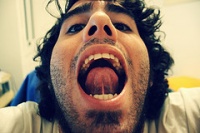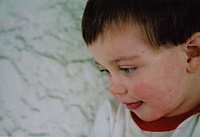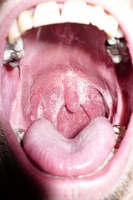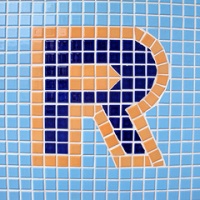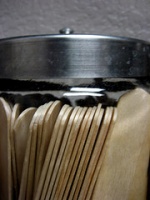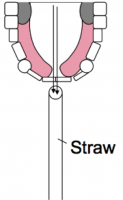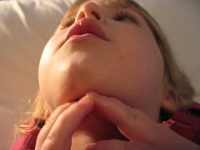
Q: I have a client who uses a velar fricative for the sibilants. I was experimenting with some of your self-assessment exercises in your book Frontal Lisp, Lateral Lisp, and I noticed that as I dropped my jaw to produce /s/, the sound eventually became a velar fricative. Do you think jaw grading or stability exercises will help my client with this? Position of the tongue relative to the palate is directly related to jaw position, height, and stability as…

